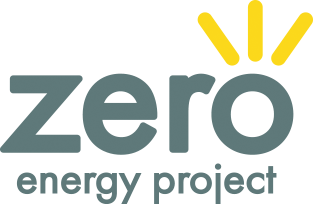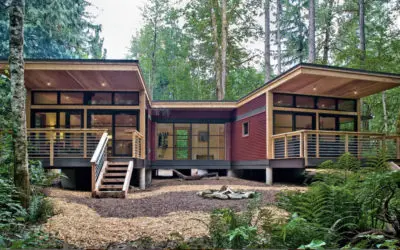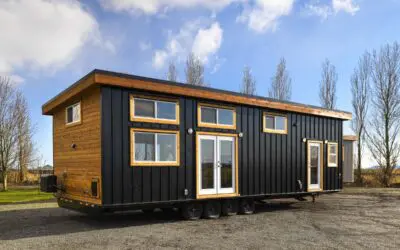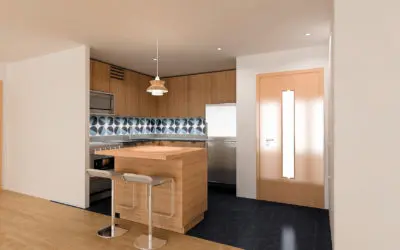18 Inexpensive Sustainable Homes Almost Anyone Can Afford
According to HomeAdvisor, the typical new home built in the United States in 2023 was $121,099 to $502,765. And because buyers continue to outnumber sellers, that figure is rising. For buyers seeking a more affordable and sustainable new home, check out these alternatives.












